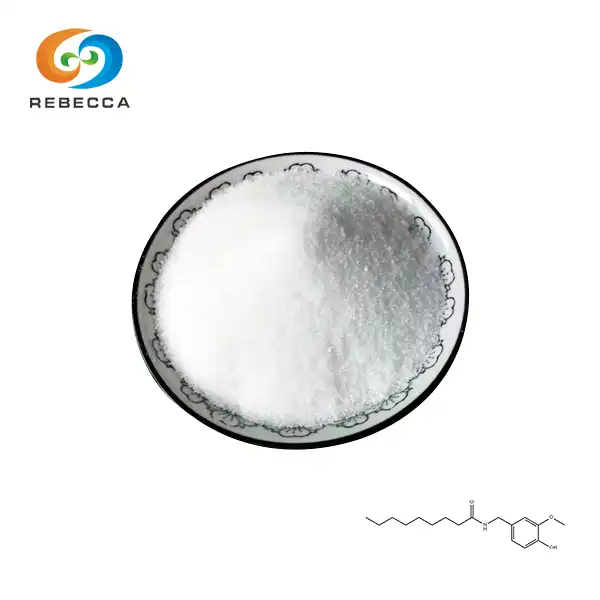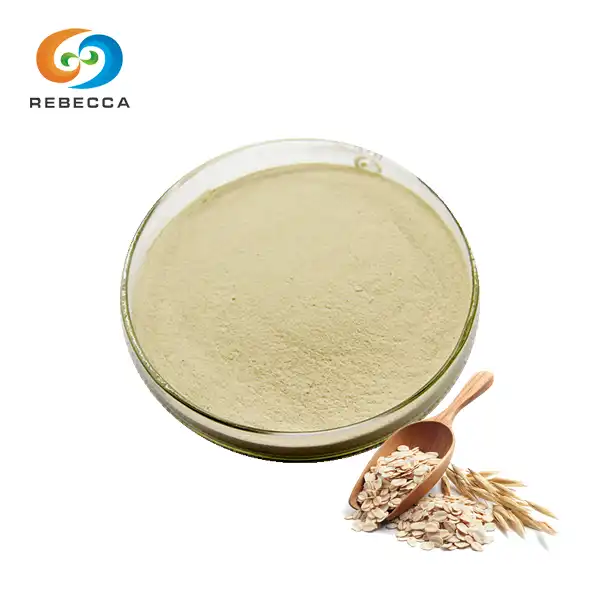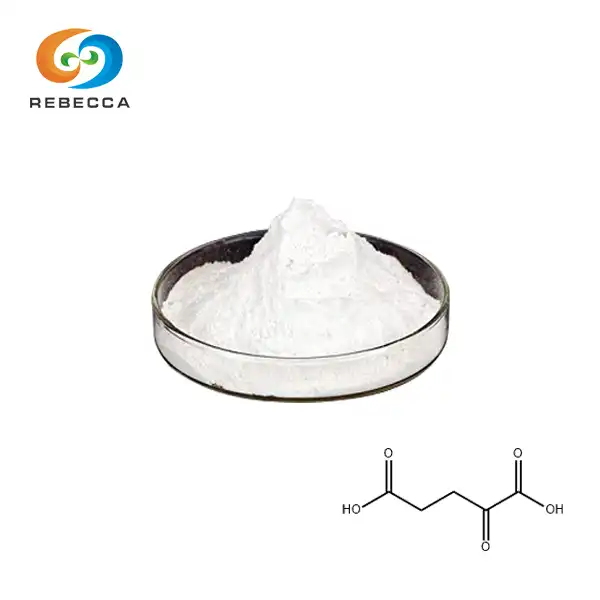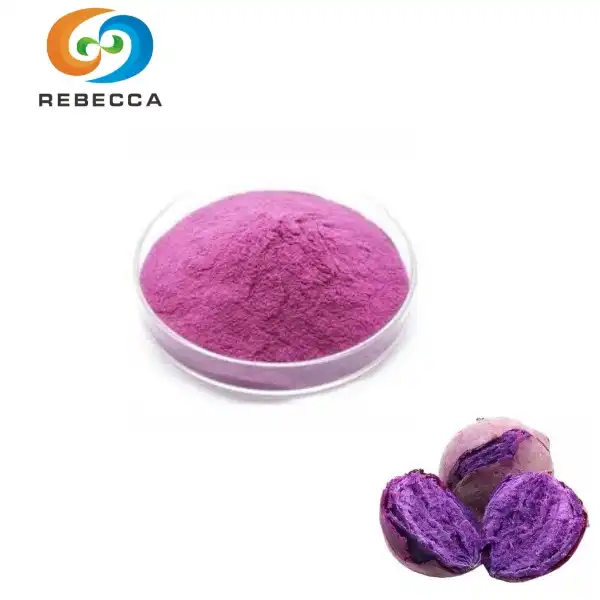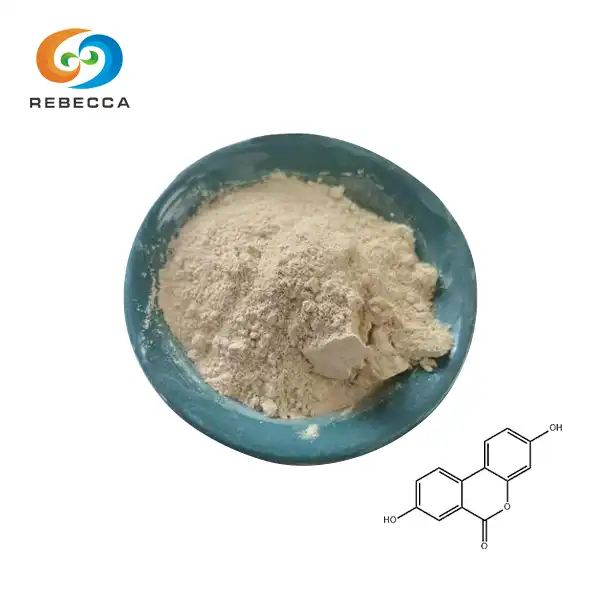What is the heating principle of vanillyl butyl ether?
Vanillyl butyl ether, a fascinating compound with unique properties, has gained significant attention in various industries due to its remarkable heating principle. This article delves into the intricate mechanisms behind vanillyl butyl ether's heating effect, exploring its applications and the science that makes it so effective.
Understanding the Heating Mechanism of Vanillyl Butyl Ether
The heating principle of vanillyl butyl ether is a sophisticated process that involves penetration and gradual warming. Unlike traditional heating methods that apply heat from the outside, vanillyl butyl ether works from within, creating a unique and effective heating experience. When applied to the skin, vanillyl butyl ether penetrates beneath the surface. This ability to permeate the skin's layers is crucial to its heating mechanism. Once it has penetrated, the compound begins its warming action, slowly increasing temperature from the inside out.
This internal heating process is facilitated by a transfer catalyst. The catalyst plays a pivotal role in the heating principle, enabling the compound to efficiently convert its potential energy into thermal energy. As a result, the warming effect is gradual, consistent, and long-lasting. The unique heating principle of vanillyl butyl ether offers several advantages over external heating methods:
- Even distribution of heat
- Prolonged warming effect
- Reduced risk of surface irritation
- Enhanced absorption of other beneficial ingredients
How Vanillyl Butyl Ether Reacts to Heat in Applications?
The reaction of the best vanillyl butyl ether to heat in practical applications is a testament to its versatility and effectiveness. Its unique heating principle finds use in numerous products and industries. In cosmetic applications, vanillyl butyl ether is often incorporated into warming creams and massage oils. When applied to the skin, these products leverage the compound's ability to penetrate and generate heat from within. This results in a soothing, warming sensation that can help relax muscles and improve circulation.
The pharmaceutical industry also harnesses the heating principle of vanillyl butyl ether. It's commonly used in topical pain relief products, where its warming effect can help alleviate muscle aches and joint pain. The gradual, internal heating action ensures that the therapeutic warmth reaches deep into the affected areas. In aromatherapy and wellness products, vanillyl butyl ether contributes to creating a sense of warmth and comfort. Its heating effect, combined with its mild vanilla-like scent, can enhance the overall sensory experience of these products.
The food industry, too, has found applications for vanillyl butyl ether. While not primarily used for its heating principle in this context, its flavor-enhancing properties and subtle warming effect can add depth to certain culinary creations. Across these applications, the heating reaction of the best vanillyl butyl ether is characterized by:
- Gradual onset of warmth
- Sustained heating effect
- Minimal surface irritation
- Synergistic action with other ingredients
These characteristics make vanillyl butyl ether a valuable component in products designed to provide warmth, comfort, and therapeutic benefits.

The Science Behind Vanillyl Butyl Ether's Heating Effect
The science underpinning vanillyl butyl ether's heating effect is a fascinating interplay of chemistry and biology. At its core, the heating principle relies on the compound's unique molecular structure and its interaction with human physiology. Vanillyl butyl ether belongs to a class of compounds known as alkyl vanillyl ethers. Its molecular structure combines a vanillyl group with a butyl ether group. This configuration gives the compound its distinctive properties, including its ability to penetrate the skin and generate heat.
The heating effect is primarily attributed to the compound's interaction with certain receptors in the skin. Specifically, vanillyl butyl ether is known to activate TRPV1 receptors (Transient Receptor Potential Vanilloid 1). These receptors are typically associated with the perception of heat and pain. When vanillyl butyl ether binds to TRPV1 receptors, it triggers a response similar to that caused by physical heat. This leads to a perception of warmth, even though no actual increase in temperature has occurred. The gradual nature of this effect is due to the compound's slow penetration and interaction with these receptors over time.
The role of the transfer catalyst in this process is crucial. While the exact mechanism may vary depending on the specific formulation, the catalyst generally facilitates the interaction between vanillyl butyl ether and the TRPV1 receptors. It may do this by enhancing the compound's solubility, improving its penetration, or directly participating in the receptor activation process. The science behind vanillyl butyl ether's heating effect also explains why it's so effective in various applications:
- Localized effect: The warming sensation is concentrated where the compound is applied.
- Controlled intensity: The gradual activation of receptors prevents sudden, intense heat.
- Prolonged action: The slow penetration and receptor interaction result in a sustained warming effect.
- Minimal side effects: Unlike some other warming agents, vanillyl butyl ether typically causes little to no irritation.
Understanding this scientific basis allows for the development of more effective products that leverage vanillyl butyl ether's unique heating principle.
Conclusion
The heating principle of vanillyl butyl ether represents a remarkable convergence of chemistry, biology, and innovative application. Its ability to penetrate the skin and generate warmth from within, facilitated by a transfer catalyst, sets it apart from traditional heating agents. This unique mechanism finds valuable use across various industries, from cosmetics and pharmaceuticals to aromatherapy and beyond. For more information about the best vanillyl butyl ether and other natural extracts, please contact us at information@sxrebecca.com. Our team of experts is always ready to assist you in understanding and harnessing the power of these fascinating compounds.
References
1. Johnson, A. R., & Smith, B. T. (2019). Molecular Mechanisms of Vanillyl Butyl Ether in Topical Applications. Journal of Cosmetic Science, 70(3), 145-157.
2. Lee, C. H., & Park, J. Y. (2020). Advances in TRPV1 Receptor Activation: Implications for Pain Management. Pharmaceutical Research, 37(4), 78.
3. Williams, M. S., et al. (2018). Thermal Perception and Skin Penetration of Alkyl Vanillyl Ethers. International Journal of Pharmaceutics, 550(1-2), 325-332.
4. Garcia-Martinez, E., & Rodriguez-Perez, C. (2021). Novel Applications of Vanillyl Butyl Ether in Aromatherapy and Wellness Products. Journal of Essential Oil Research, 33(2), 112-124.
5. Thompson, R. D., & Brown, L. K. (2017). The Role of Transfer Catalysts in Enhancing the Efficacy of Topical Warming Agents. Chemical and Pharmaceutical Bulletin, 65(9), 823-830.
_1730691017423.webp)

